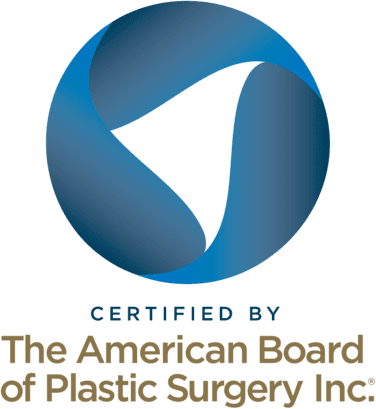“Passing” is a loaded concept that describes when a trans person can “pass” or be perceived by others as cisgender. While surgery can change an individual’s appearance, surgery cannot change other people’s perceptions since these perceptions are based on their own experiences/beliefs. Therefore, motivations to pursue surgery should not be a decision based on external reasons to “pass” but rather a decision to improve internal alignment with your body to achieve gender congruence.
Bottom surgeries like an orchiectomy and a hysterectomy result in sterility. Talk to your doctor about fertility preservation options like egg or sperm freezing before surgery. Surrogacy or adoption are possibilities too.
Each person should thoughtfully consider which procedures are truly necessary for them. There is no single way to undergo medical transition. It’s important to take time to consider important decisions about permanent surgical changes. We recommend consulting with gender-competent mental health professionals and gender-affirming surgeons if you have questions about which procedure(s) would be right for you.
WPATH SOC 8 recommends that surgeons who practice gender-affirming care have the following qualifications: Training and documented supervision in gender-affirming procedures, The maintenance of an active practice in gender-affirming surgical procedures Knowledge about gender diverse identiies and expressions Continuing education in the field of gender-affirmation surgery Tracking of surgical outcomes. You can find WPATH’s Provider Directory here.
There is no legal requirement to change your name and/or gender marker prior to getting surgery. Some surgical practices may ask patients to process their name/gender change on their legal ID if their experience indicates it can help secure insurance coverage.
Recovery times vary based on the type of surgery. Most require anywhere from 2-6 weeks off work or school. Restrictions on exercise and movement are typical for at least the first 6 weeks. You can find the specific recovery instructions for each procedure on our website.
Most adults can get surgery with many gender-affirming surgical practices, like the GCC, using the informed-consent model. Depending on the procedure, most surgeons follow guidelines set by the World Professional Association for Transgender Health (WPATH) which may require clearance by a mental health professional and/or 1-2 years of hormone therapy. Transgender surgery for adolescents requires a multi-disciplinary approach that involves parents/guardians and gender-competent health care professionals to ensure their wellbeing.
Sex refers to individual biological characteristics like chromosomes or reproductive anatomy. Gender refers to the social and cultural roles, behaviors, and identities often associated with the sex individuals are assigned at birth (i.e., male or female)
Scarring can vary depending on the top surgery technique. The double incision procedure can leave more visible scar(s) behind on a patient’s chest. Scars can either be separate or one joined incision at the bottom of the chest. They can be either straight, horizontal lines or may be curved upwards. To learn more about this topic, such as what can be done to reduce the appearance of your top surgery scars, click here.
Top surgery is the removal of skin and chest tissue so results are generally permanent. That said, some patients who have had top surgery may experience differing degrees of mammary tissue regrowth after pregnancy. You can read more about this topic in our blog.
Request a Free Surgical Consultation Today.
All virtual and in-person consultations with our board-certified surgeons are free. Once you fill out this form, our patient care team will reach out and guide you through every step to get to surgery.




